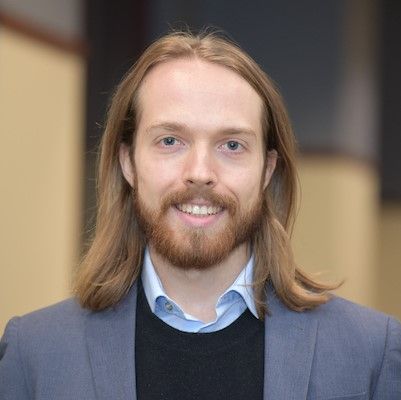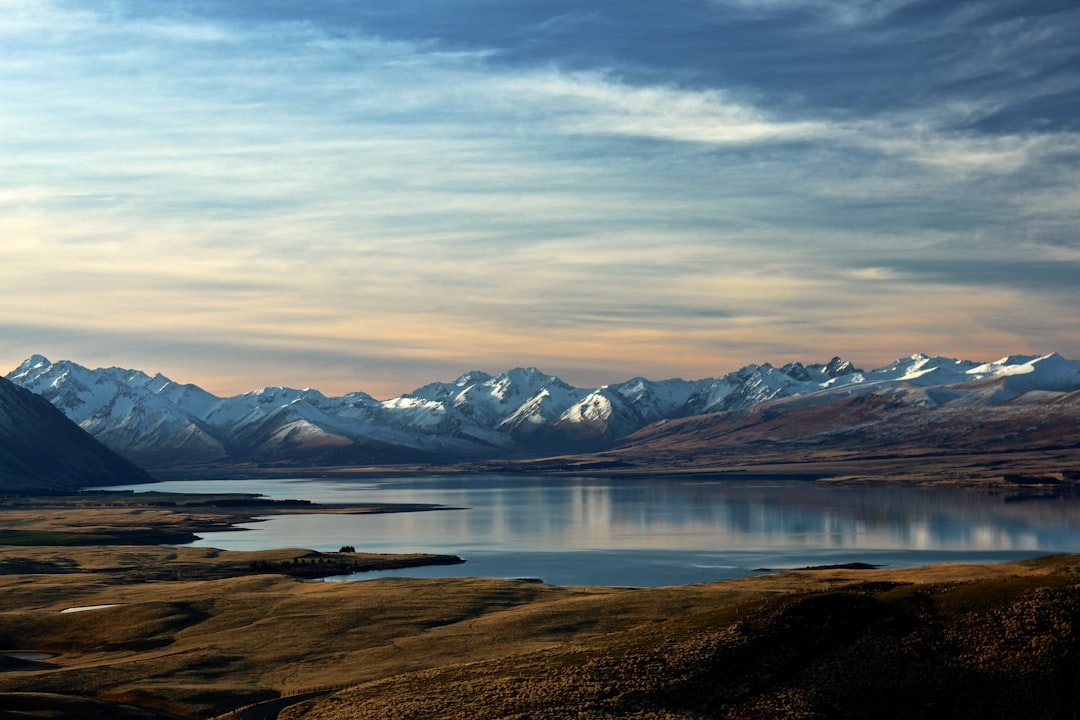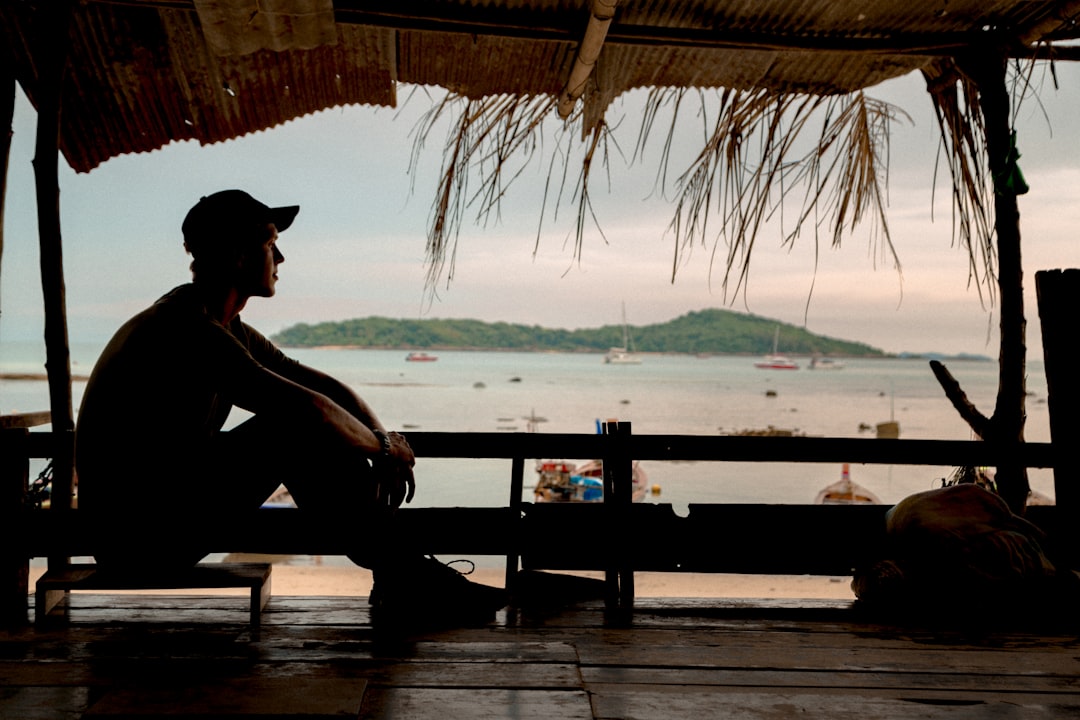I tend to look for minimalist inspiration in all kinds of places, so I had a field day when I found r/ultralight not only can people travel out of a bag but living out of one too?! The examples I saw inspired me to set out on a new adventure, off-road cycling to a reunion 200km away along the Penine Cycleway, England.
This particular trip was extremely unorganised, but I was able to learn a lot; who knows, maybe I'll eventually hike the Appalachian Trail with only an ultra-runners bag.
I don't like investing large sums of money (the best camping equipment can set you back a lot) into something I might not actually enjoy. I prefer to try before I buy, so this setup is ultra-cheap and ultralight.
Shelter
Terra-Hiker Poncho Tarp - At under £10 what could go wrong...?
Well, all I can say is that I'm happy it didn't rain, I practised pitching the poncho tarp a few times, so I knew what I was doing (or so I thought). As the tarp slowly got closer and closer to my face (weighed down by the condensation), I curled up questioning why I wasn't just cowboy camping.
It was nice seeing the red sunset past my feet and the glowing village lights behind me; that's the best part of the experience for me, being so close to nature and seeing the stars at night. Luckily, there were no bugs, but in case there was I had a head net that I think I would have been fine with.
I'm not against the idea of tarp camping, it was incredibly refreshing, but what I would like to know is if it's possible to pitch a poncho tarp while wearing it, otherwise it seems pretty pointless to have this gaping hole in your tarp where your head is supposed to go (that you seal with your hood).
The tarp is made out of silnylon so getting it any lighter would probably mean using cuben fibre (which is expensive), especially as it's not getting any smaller; at 220cm X 145cm (7.2ft X 4.5ft) the width was fine, though I'd like some more length, maybe 9ft.
Ground Sheet
So if my research is right, this is actually polycro, a standard material in the ultralight world for use as a ground sheet. This stuff is feather light, and when cut down to your size you will not notice it in your bag. Again, very cheap, I cut the sheet in half; 2-for-1 bargain!
There isn't much to say here, I don't know why more people don't use it? I was well protected from anything on the ground, plus it's see-through so you can spot potential puncture points.
Sleeping Pad
Due to its ability to recycle your radiated heat, this foam pad is surprisingly warm for how skinny it is. That doesn't mean it's comfortable though, even after finding some thick grass on the side of the (quiet) road to call home for the night. I've experimented with sleeping on the floor for posture (there is sparse evidence for or against), so I still managed to sleep okay; I slept as well as I would have on any other camping trip.
I cut the sheet into one half and two quarters (for torso length). The torso length pad fits easily into the laptop compartment of my bag, luckily, I don't need a laptop.
Food
Stoveless all the way! When I toured New Zealand all I ate was bread, sugar, and peanut butter. Incredibly cheap, incredibly dull. This time, I opted for trail mix and protein bars. Needing time to recharge my batteries (figuratively and literally) I also stopped at a vegan cafe - definitely not the norm for me. I'd need some time to figure out what trail food is right for me, but to be honest, the peanut butter diet isn't too bad when you're doing so much exercise.
This kind of spartan setup shows that my mindset with this experiment was basically just... give it a shot - it's only for a few days. As you can tell, I wasn't financially invested in the idea, but I'm glad I tried it. If I've seen others do it then I know it's possible for me as well. With a bit more experience with tarps, I honestly think this is a great setup.
By starting with the absolute minimum, I can decide what works best for me, if I realise something is missing I'll just buy a cheap solution to tide me over. Buying a bunch of stuff and throwing it away after noticing you haven't used it for hundreds of miles is not the way to go.
I'm still looking for a quilt, being vegan it'll be hard to find, either second-hand down or synthetic in the UK. On this trip, I used some standard synthetic sleeping bag, not worth mentioning. This was to show you can get out there without needing any fancy equipment and a few fundamental mindset changes. The only way I could improve on this is with higher quality materials.
I did sleep in an Arc'Teryx Atom LT Hoody which has served me well for over a year now, I rate it highly. Good for when you get caught in the rain - as long as it's not too heavy. A perfect example of multifunctional gear that I mention in my minimalist travel post. The principles there apply here as well.
For pictures of adventures like this follow me on Instagram @graeme_ayn.
How do you think you'd fare with a setup like this? What do you use? Post in the comments!




